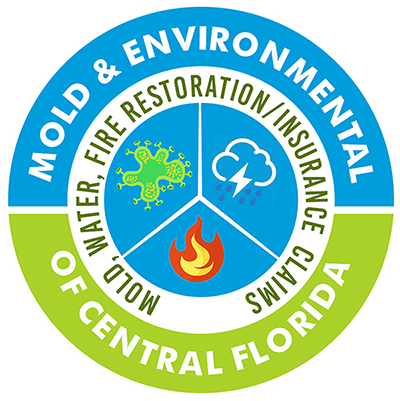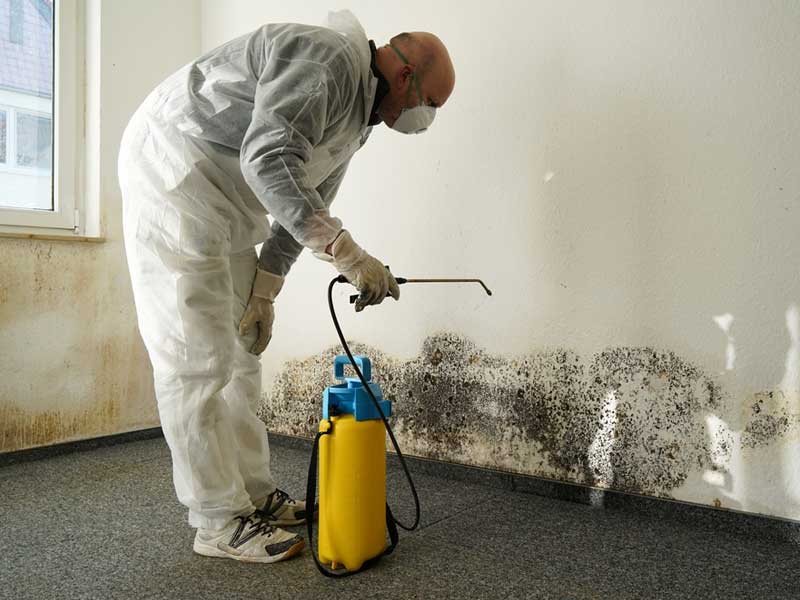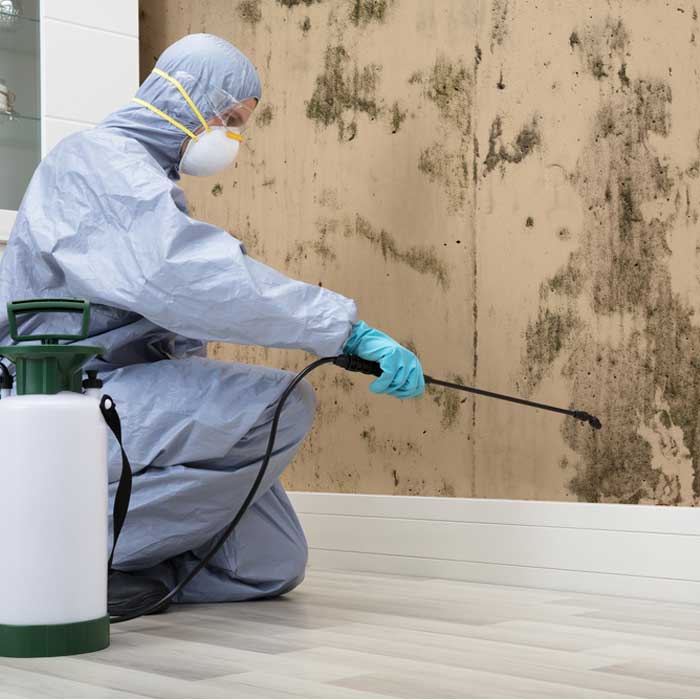Five common signs of mold damage:
Five common symptoms of mold damage are:
- Musty odor: Mold has a mushy or musty smell because it releases volatile organic compounds (VOCs) as it grows and decomposes organic materials. These VOCs have a distinctive odor that can be described as musty, damp, or musty. The odor is produced by mold as it consumes organic materials such as wood, paper, and drywall, breaking them down into simpler compounds and releasing distinctive VOCs.
- Visible growth: Mold often appears as black, green, or white spots on walls, ceilings, and other surfaces. Mold is often visible when the change has exceeded a significant level.
- Water damage: Mold often grows in areas that have experienced water damage, such as leaky roofs, flooded basements, or broken pipes. Mold spores are present in the air and on surfaces everywhere, and when these fragments come into contact with a moist texture, they can quickly grow into colonies.
- Health symptoms: Mold exposure can cause health symptoms such as allergies, headaches, fatigue, and respiratory problems. The severity of these symptoms can vary depending on the individual, the mold type, and the exposure length. If you are experiencing symptoms after mold exposure, you must see a doctor to determine the cause and develop an appropriate treatment plan.
- Stains or discoloration: Mold can cause discoloration or staining on walls, ceilings, and other surfaces. These stains are caused by mold spores attached to the surface and begin to grow into colonies. As the mold grows, it produces pigments that cause discoloration.


